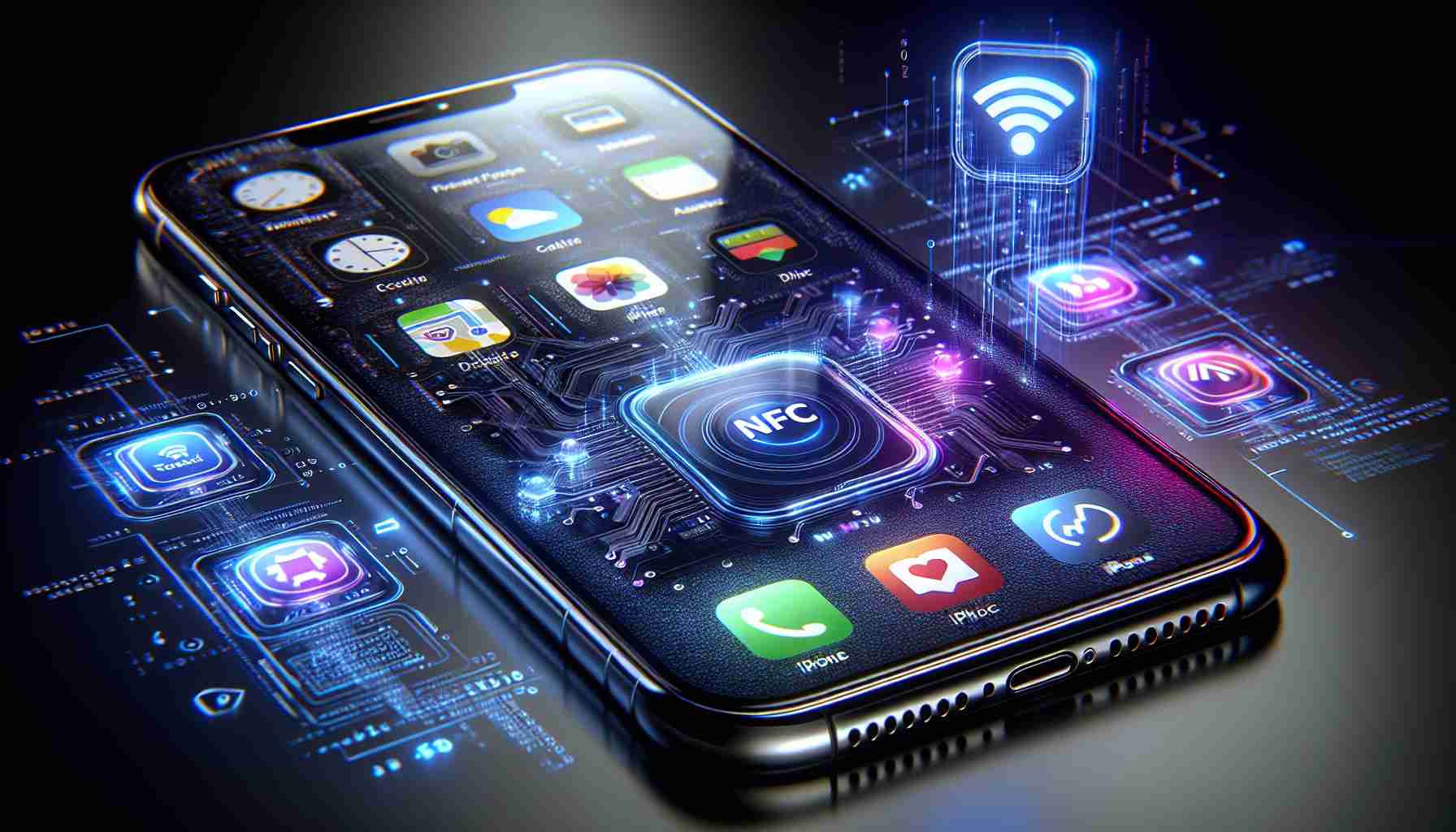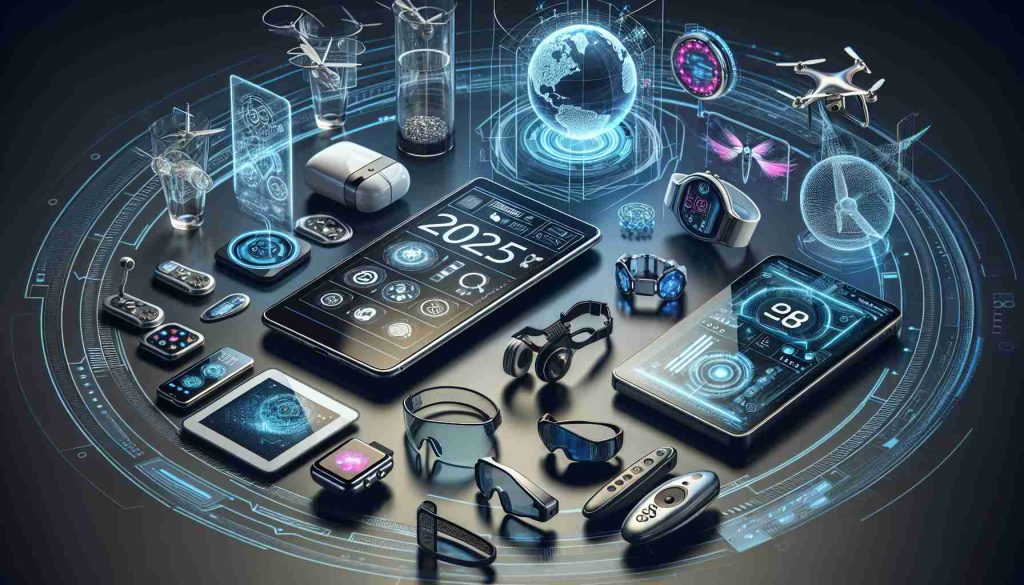Apple shocked the tech world with the announcement of a groundbreaking move to unlock the iPhone’s NFC chip for developers. This decision paves the way for the integration of a wide range of contactless functionalities within custom apps.
In a significant shift, iPhone users will soon have the ability to utilize their devices for purposes such as accessing cars, residential entry systems, and smart locks, a capability previously exclusive to Android users. Consequently, the once-exclusive dominance of Apple Pay and Apple Wallet is set to diminish gradually.
NFC (Near Field Communication) technology, utilized for enabling seamless data exchange between devices in close proximity, is now set to drive a wave of innovative applications. By harnessing NFC, mobile terminals can facilitate mobile payments, e-ticketing, access control, mobile ID verification, anti-counterfeiting measures, and more.
While Apple introduced NFC functionality as early as the iPhone 6 series in 2014, the full potential of the feature remained locked until the recent announcement. With the upcoming release of iOS 18.1, developers can leverage the iPhone’s secure element (SE) to incorporate NFC contactless data exchange within their custom apps, separate from Apple’s native offerings.
Developers seeking to integrate these new capabilities into their iPhone applications are required to engage in a commercial agreement with Apple, obtain NFC and SE authorizations, and cover associated fees, although details regarding the fee structure are yet to be disclosed by the company.
Apple’s strategic shift towards opening up NFC access is not arbitrary; it aligns with the company’s compliance efforts amidst regulatory pressures in the European Union. In response to antitrust concerns, Apple has made concessions to allow third-party mobile wallets to utilize the technologies underpinning Apple Pay, marking a historic moment of accessibility within the payment ecosystem.
Moreover, Apple’s recent policy updates, driven by the EU’s Digital Markets Act, signal a significant transformation in the app distribution landscape, enabling European developers to promote and sell products outside the confines of the Apple App Store. These impending changes are poised to reshape the app development and distribution landscape, ushering in a new era of innovation and accessibility for tech enthusiasts worldwide.
Unlocking iPhone NFC Access: Exploring Uncharted Territory
Apple’s groundbreaking decision to unlock the iPhone’s NFC chip for developers has sent ripples of excitement through the tech community. The move signifies a revolutionary expansion in the capabilities of iPhone devices, allowing for the integration of a myriad of contactless functionalities within custom applications. While the initial shock has subsided, new questions and considerations arise as developers gear up to harness this newfound potential.
Key Questions:
1. How will the unlocking of iPhone NFC access impact the landscape of mobile payments and access control systems?
2. What are the main challenges developers may face when incorporating NFC functionalities into their custom apps?
3. What are the potential advantages and disadvantages of this strategic shift by Apple?
Answers and Insights:
In the wake of Apple’s announcement, developers are now presented with a host of opportunities to enhance user experiences through NFC technology. The ability to enable features like contactless entry, mobile ID verification, and anti-counterfeiting measures opens up a world of possibilities for innovative app development.
However, with great power comes great responsibility, and developers must navigate a series of challenges in the quest to leverage iPhone NFC access effectively. From navigating the commercial agreement process with Apple to obtaining the necessary authorizations and covering associated fees, developers face a complex journey towards integrating these new capabilities seamlessly into their applications.
Advantages and Disadvantages:
On one hand, the unlocking of iPhone NFC access heralds a new era of innovation and accessibility, aligning with Apple’s efforts to foster a more open ecosystem in response to regulatory pressures. The move also signals a shift in the dynamics of the payment ecosystem, potentially reshaping the way users interact with mobile wallets and contactless technologies.
However, the transition towards NFC integration may not be without its challenges. Developers may encounter barriers in understanding the fee structure associated with obtaining NFC and SE authorizations, as well as ensuring compliance with Apple’s guidelines for utilizing these functionalities. Balancing the opportunities and risks inherent in this development will be crucial for developers looking to capitalize on the expanded NFC access.
In conclusion, the revolutionary expansion of iPhone NFC access for developers holds immense potential for transforming the way we interact with technology. By delving into uncharted territory, developers have the chance to pioneer new innovations and redefine user experiences in the realm of contactless functionalities. As the tech world eagerly anticipates the impact of this momentous decision, the possibilities for creativity and advancement in app development appear boundless.
Suggested Apple domain for more information on the latest Apple developments.























